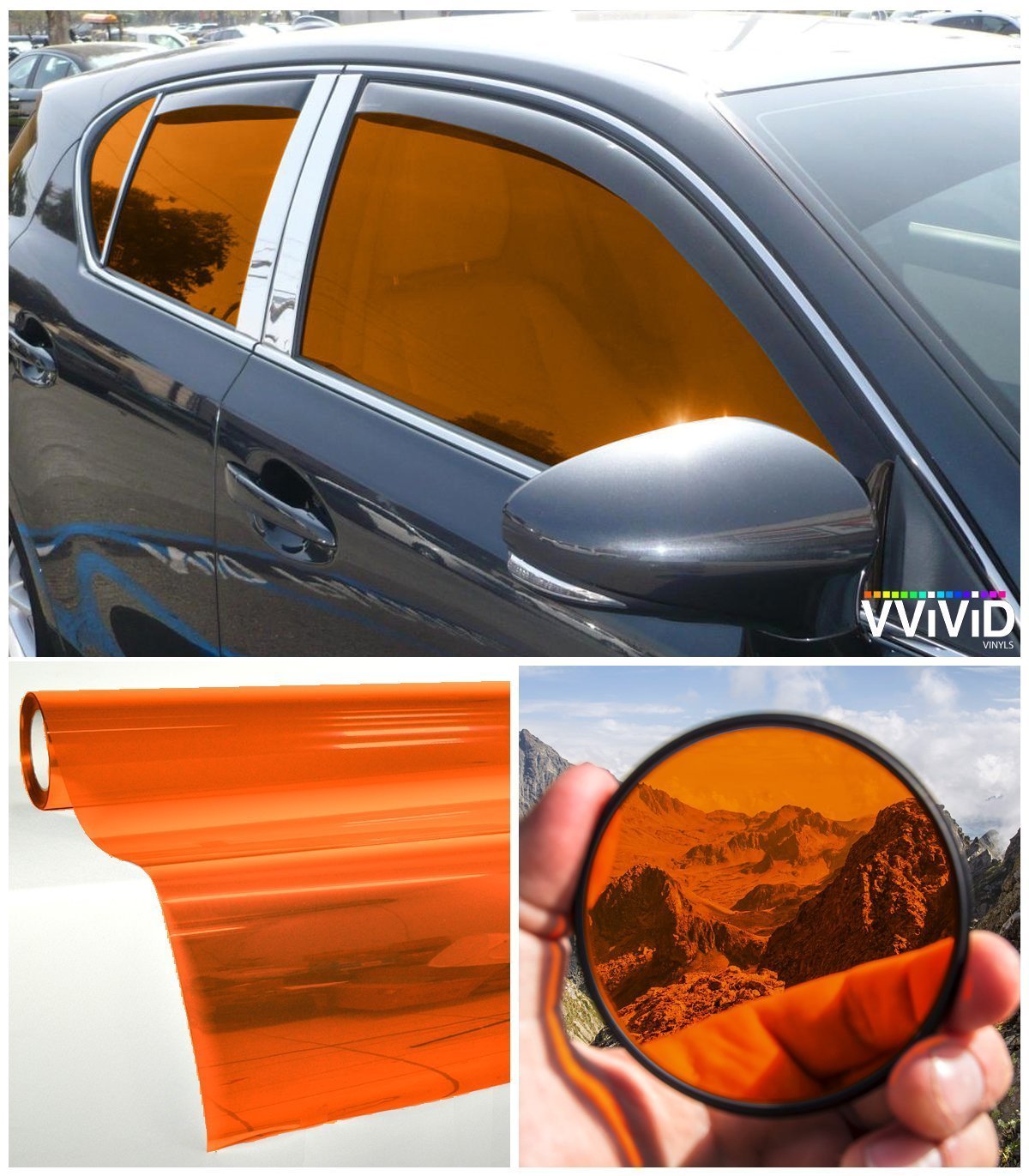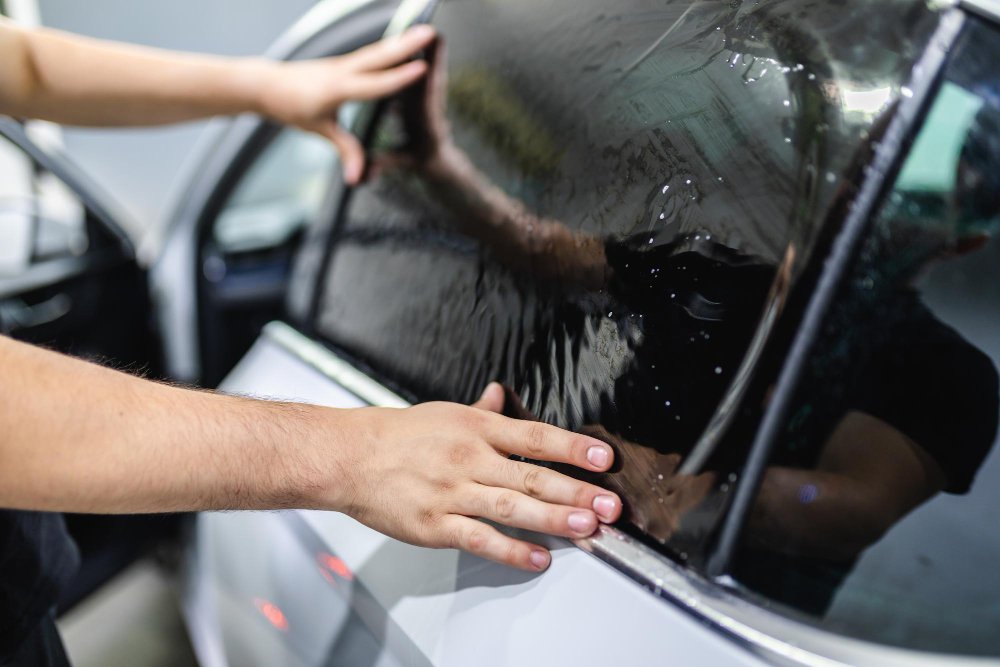Vehicle Window Tinting for Warm Reduction and Power Performance
Vehicle Window Tinting for Warm Reduction and Power Performance
Blog Article
Home Window Tinting Regulations and Standards: What You Need to Know Before Tinting Your Vehicle
Prior to waging home window tinting for your car, it is necessary to acquaint yourself with the varied legislations and guidelines that regulate this technique across various states. These regulations dictate the allowable levels of color darkness, typically measured by noticeable light transmission (VLT) portions, and include certain terms for front windshields aimed at ensuring road safety and security. Additionally, specific territories may supply clinical exceptions for people with certifying conditions. Understanding these complexities can conserve you from prospective legal implications, however what are the specific regulations in your state?
Introduction of Home Window Tinting Laws
Window tinting laws are frequently subject to variation across different territories, showing local regulations and security considerations. These laws determine the permissible degrees of color darkness and reflectiveness on automobile home windows, making sure that vehicle drivers preserve appropriate presence while additionally protecting versus damaging UV rays and warmth.
The majority of regulations identify window tinting based upon the Visible Light Transmission (VLT) percent, which indicates the quantity of light that can pass via the window. Usually, reduced VLT percentages indicate darker tints. Laws often differentiate between the front, side, and back windows, with more stringent constraints related to the front windshield to enhance safety and security for both the chauffeur and various other roadway users.
Conformity with window tinting guidelines is important, as violations can result in fines, mandatory elimination of the tint, and prospective boosts in insurance coverage premiums. It is vital for car proprietors to familiarize themselves with neighborhood regulations prior to continuing with window tinting installments.
State-by-State Color Laws
Understanding the details window tinting policies in each state is crucial for car owners seeking to abide by the law. Each state in the U.S. has actually established its very own collection of regulations controling home window tinting, which can differ significantly. These policies usually determine the allowable levels of tint darkness, the sorts of home windows that can be tinted, and any clinical exceptions that might apply.
As an example, states like California have stringent limitations on color darkness for front home windows, while others, such as New Mexico, may allow darker tints. In addition, specific states mandate specific visibility percents for various home windows, consisting of the windscreen, front side windows, and back windows. It is crucial for car proprietors to familiarize themselves with their state's legislations to stay clear of prospective fines or penalties.
Additionally, some states might need a certification sticker label to be put on colored windows, showing conformity with state legislations. Failing to follow these policies not only runs the risk of lawful effects but can likewise affect safety and security and exposure while driving. Automobile proprietors ought to conduct extensive research or consult regional authorities to ensure complete understanding and conformity with state-by-state tint guidelines.
Allowed Tint Kinds and levels
Lots of car owners may be surprised to learn that allowed tint degrees and kinds vary commonly across various states. Each state has developed its very own policies pertaining to the permissible darkness and reflectivity of home window color, commonly gauged by Visible Light Transmission (VLT) percents. VLT describes the amount of light that can go through the colored windows; thus, a reduced percent suggests a darker tint.

Furthermore, the kinds of tint materials allowed can differ, with some states banning metallic or mirror-like finishes. It is important for car owners to acquaint themselves with their state's certain regulations to make certain compliance. Non-compliance can cause penalties, obligatory removal of the tint, or various other legal repercussions, making it essential to comprehend these laws prior to continuing with setup.
Medical Exceptions for Tinting
While not all states provide allowances for medical exceptions concerning home window tinting, those that do acknowledge the necessity for particular individuals to boost presence and convenience as a result of clinical problems. Numerous clinical conditions, such as lupus, skin cancer cells, and specific eye problems, can render people particularly sensitive to sunshine. Consequently, these people may need darker colors to shield themselves from hazardous UV rays and glow.

It is very important to note that even with a clinical exception, there may still be constraints on the degree of tint enabled. Conformity with state legislations makes certain that individuals are both secured and within legal restrictions. Those taking into consideration medical exemptions should contact their neighborhood Division of Electric motor Autos or equivalent authority to recognize the treatments and requirements essential to request an exemption successfully.
Penalties for Non-Compliance
Falling short to comply with home window tinting regulations can bring about significant penalties, which vary by state. Police are empowered to release citations for vehicles that do not abide by the defined tinting guidelines. These charges generally include fines, which can range from moderate total up to numerous hundred bucks, depending on the seriousness of the offense and the state in question.
In some territories, duplicated offenses may cause intensifying penalties or added fines, such as necessary court looks. Non-compliance might require the removal of illegal tinting, my site frequently at the proprietor's expense. In extreme instances, regular offenders might deal with suspension of their car enrollment up until conformity is attained.
Furthermore, insurance coverage effects may arise from obtaining numerous citations for window tint violations. Insurance companies may view such violations as a sign of riskier actions, potentially bring about boosted costs or difficulty in insurance coverage.
To avoid these charges, it is essential for vehicle proprietors to acquaint themselves with their regional window tinting laws and make sure that their lorry complies (Window Tinting). This positive method not only avoids lawful implications however also promotes road safety
Conclusion

Most guidelines classify home window tinting based on the Visible Light Transmission (VLT) percentage, which indicates the amount of light that can pass with the home window. Conformity with home window tinting guidelines is essential, as violations can result in penalties, necessary removal of the tint, and potential rises in insurance policy costs.Understanding the particular home window tinting policies in each state is essential for automobile proprietors seeking to abide with the regulation. These laws often determine the allowed degrees of color darkness, the kinds of windows that can be tinted, and any kind of clinical exceptions that may apply.
For instance, states like The golden state have strict constraints on tint darkness for front windows, while others, such as New Mexico, might permit darker tints.
Report this page